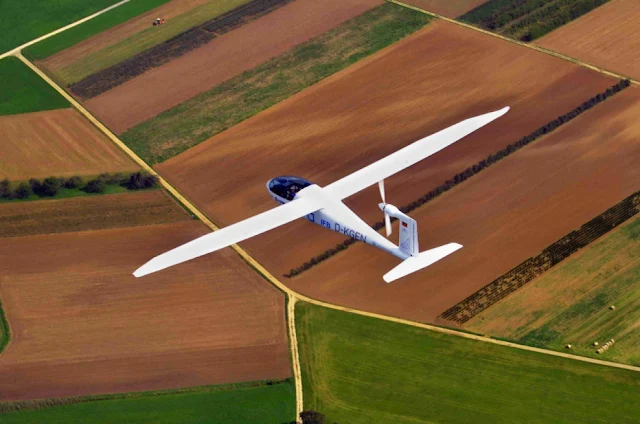Since the beginning of the year 2015, a rapid advancement has been made in the field of aviation through electric planes. The new breed of electric plane pilots is much more focused inspired and determined to stretch the boundaries in every manner possible with new electric propulsion system.
In July this year one such pilot name Hugues Duval successfully landed his tiny electric plane cleverly christened Cri-Cri in Calais France. This tiny electric plane flew over the English Channel and came back again which demonstrates the potential of new era electric plane in an astounding manner. This feat even reminds the greatest moment in the aviation history when the very first plane successfully crossed the English Channel way back in 1909.
Electric flights growing in number over the years
The flying of electric planes intent towards breaking into avenues and creating records isn’t new in itself. Electric planes flying in the sky is rather an unregulated corner of the aviation sector where a large number of ambitious plane builders and extremely brave pilots are making their foray. These determined individuals whom some term as skyward dreamers had certainly invented a new age of aviation, which seeks to provide a healthy way commuting in future without further damaging our dear planet Earth.The earliest example of electric plane and today’s advancement
The earliest flight of an electric plane can be traced back to 1973 West Germany where plane builders worked towards flying planes with the help of batteries. The energy density and outburst of potential energy for flying the planes is still short of the gasoline based planes today. Even the most advanced electric plane at the moment can get easily outperformed by the fuel-powered planes in terms of power capacity as well as speed.But electric planes offer a great room for further growth and advancement which is a good sign. The essential component for developing an electric plane such as batteries and others are becoming more affordable with technological advancement. This means that in upcoming days we will be able to see more exciting electric plane with more power and capabilities.
Some of Smart and Efficient Electric Planes
Elektra One Solar has produced a remarkable flight capability by flying from Germany to two Austrian airports and coming back on June 25. It is a single seater solar powered electric plane, which has shown that with solar power one can easily span a couple of hundred miles by staying at an altitude of over 10,000 feet.Another solar powered electric plane named Solar Impulse made a sensational flight of 118 hours wherein it covered 4,500 miles from Japan and landed successfully in Hawaii on July 3. Incidentally this flight’s epic ocean crossing caused damage to its batteries which has resulted in keeping its round the world journey on hold.
However, the most thrilling moment of this year’s remarkable electric plane flight is the one carried on in Cri-Cri plane. In this flight, the pilot Duval has put his trust upon a plane to cross over thousands of miles of frigid water.










